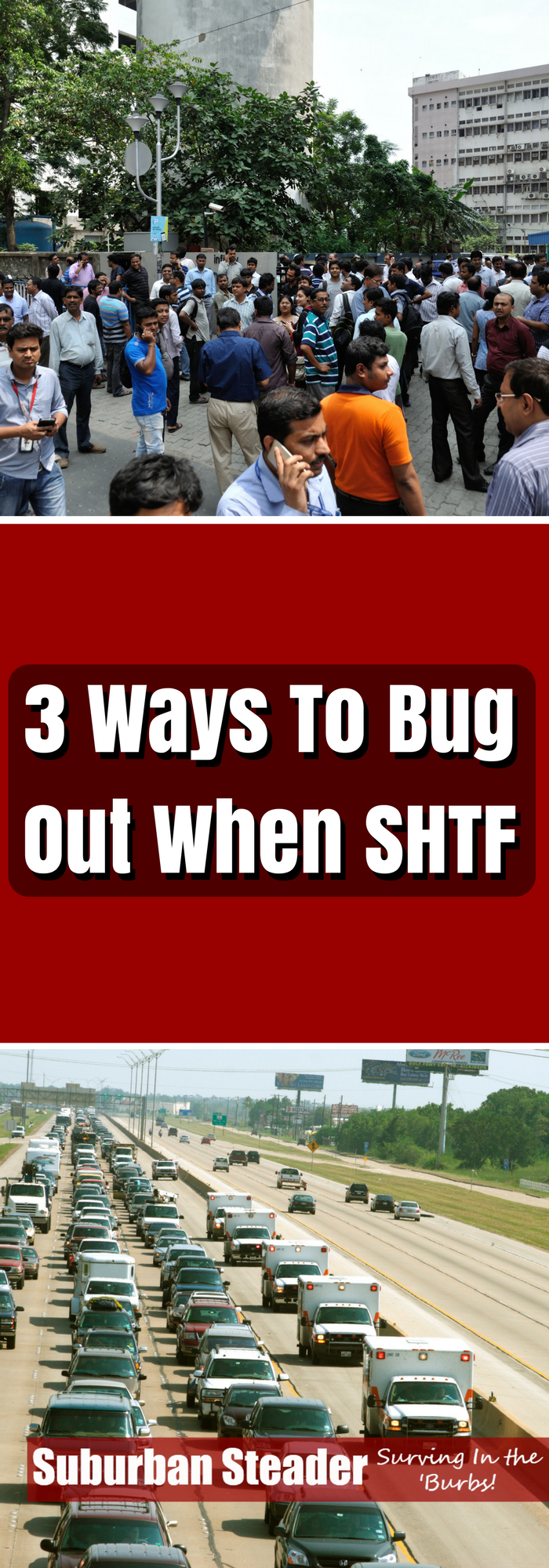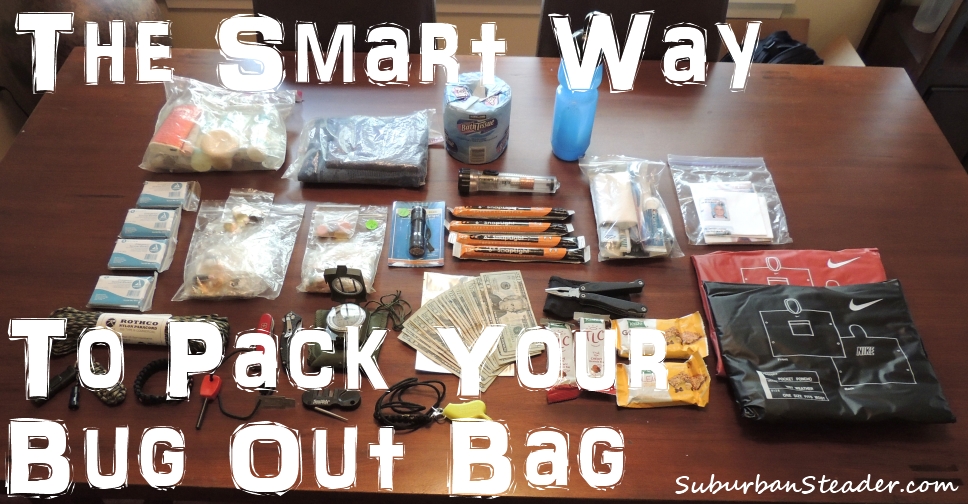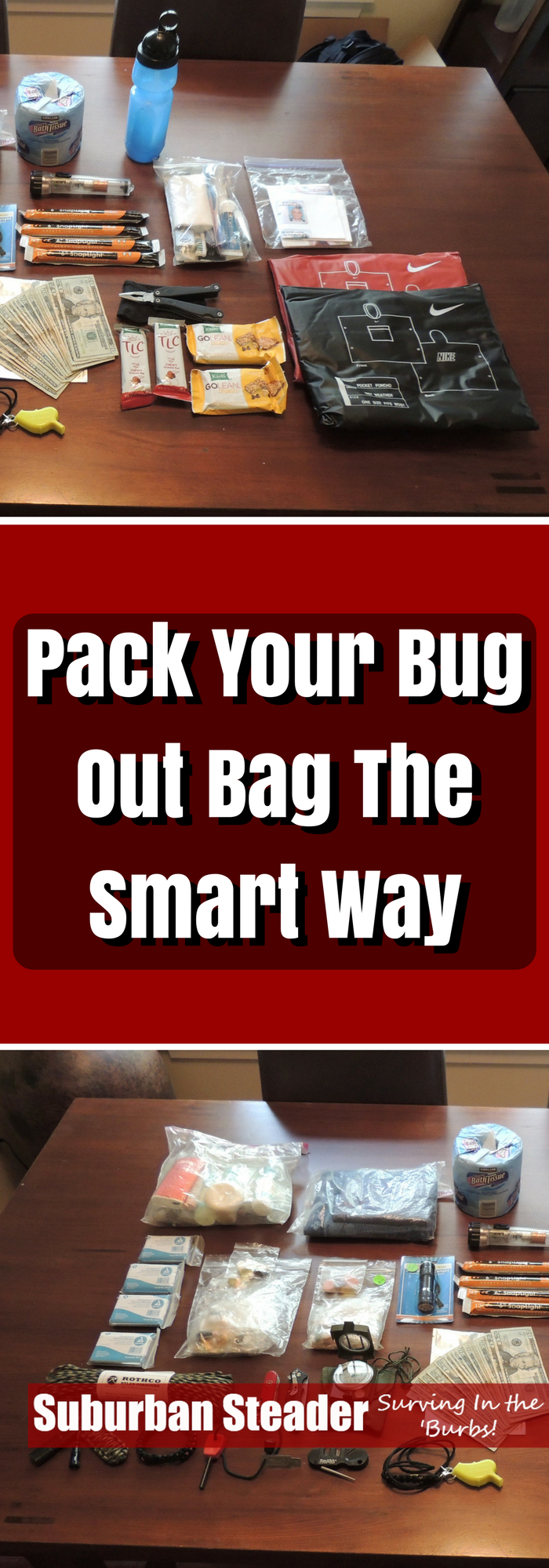3 Ways To Bug Out When SHTF
Imagine a situation where the world is going into chaos for whatever reason – natural disaster, financial collapse, whatever. Bugging in is just not an option because your dwelling is in immediate peril. It’s time to bug out! But you have to act fast. What do you do?
Bugging out is going to be the beginning of one of the most difficult things you’re going to do in your entire life. I say “the beginning” because when you’re out there, every hour and every day is a race against time. You either get to safety or you don’t.
In what follows, I’m going to let you in on some of the ways to get out of a crowded city, and I’m also going to offer solutions for those of you living in the ‘burbs.
You should know ALL the ways to get out of your city and should have at least a car at your disposal to do so if you’ve done a proper job of prepping. If you live in the suburbs, you probably have one, maybe two ways to get out assuming you’re not going to evacuate through the other side of the city. But that’s not a bad thing; the advantage is that those one or two roads are less likely to be blocked, giving you the opportunity to make a quick exit.
Bug Out Early
This scenario is the best option. If for whatever reason you find out that things are going south before anyone else, you have enough time to bug out before the rest of the town figures they need to do the same.
How can you find out in advance?
- Listen to local radio or TV; police band radio is also a great resource
- Maintain a network of friends and preppers who keep in touch with the latest local happenings
- Anticipate big events by keeping an eye on national news events that could potentially affect you locally
If any or all of the above happen:
- Immediately contact your family and friends and meet them at a pre-determined rally point
- Follow social media as well as local radio and TV networks to confirm that this is really happening
- Decide whether you need to bug in or out or not
- Act as soon as humanly possible
Bug Out At Night
Wait until 3 or 4 in the morning to bug out would be wise if you haven’t waited until the masses are on the move. There should be fewer people roaming the streets at those early hours.
Do not push the pedal to the metal and take off despite the open road. Police may still be patrolling and being pulled over for speeding will delay your exit and potentially foil it completely.
Yes, you need to be quick, but you also have to be on alert. Just because a road looks ok, that doesn’t mean it’s safe. Darkness is not just your friend it’s also a friend of your enemies.
Bug Out Undercover
Whether you’ll bug out on foot, using a motorcycle or your car, one thing you need to do is to do it undercover. That means you don’t want to stand out in any way – and they’re a lot of ways you can stand out.
For example, it may be ok to use one of those electric scooters by Segway to evacuate if you have no choice, but do it at 3 AM in the morning might attract attention. Sure, it could work if that’s all you got but keep in mind these can only take you about 15 to 20 miles until you have to recharge them.
One way of staying undercover is to use a more common means of transportation. It is less obvious what is going on if you’re in a normal vehicle than something that stands out more. Wouldn’t a quad on the highway stand out to you?
The next thing you should be careful about what you’re wearing. Jewelry, suits and provocative clothes are a no-no. They say wearing a hat can make you look taller in a riot, but if you’re evacuating at night, that won’t matter. It’ll have the added benefit of hiding your face from certain angles. Hats and baseball caps are great in keeping a low profile.
Last but not least, tell as few people that you’re leaving as possible. The fewer neighbors know you left, the better. Otherwise, rumors will spread and someone might eventually burglarize your home.
If you’re evacuating during the day, the same rules apply. Know where you’re heading. Don’t tell anyone and keep going while traveling as calmly as possible.
Conclusion
As you can see, there’s no secret information when it comes to bugging out. You have to be quick. You have to be alert. And, above all else, you must anticipate how and when things will go wrong. There is no bulletproof plant for you to stay safe during a bug out, but bugging out gives you mobility, and it might be the only option for you regardless of whether or not you prepped to bug in.


